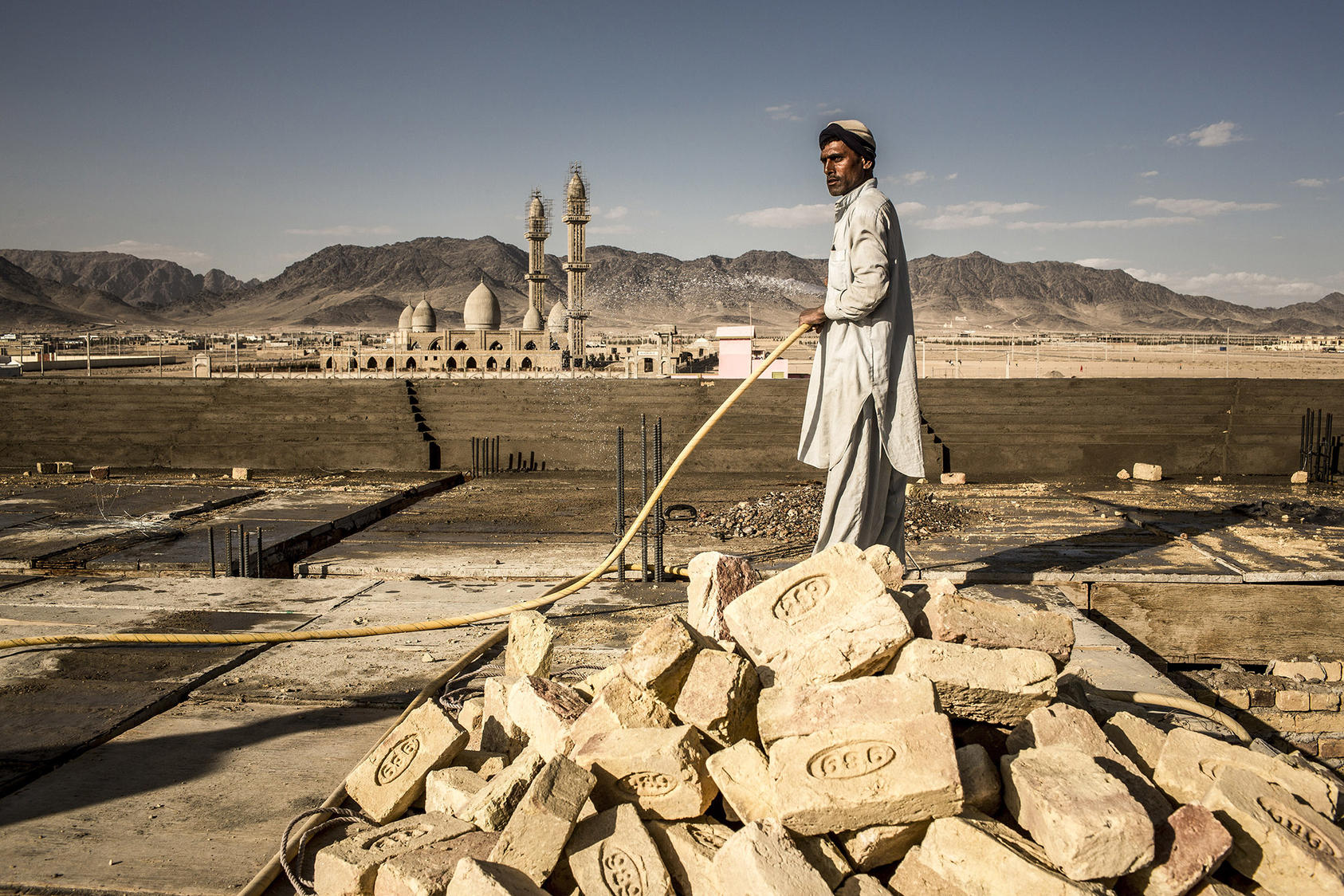Even if the warring parties in Afghanistan manage to secure a still-elusive agreement on resolving the current conflict, significant economic challenges remain for the country, which will require continued assistance and support for core government functions. This report, based on an examination of Afghanistan’s recent development performance, provides a framework for how the Afghan government and its donor partners can more effectively deliver equitable development going forward.

Summary
- The prospect of peace in Afghanistan is exciting, but the move from a war economy to a developing one is fraught with pitfalls for government and donors alike.
- The Afghan state needs to become less the object of capture by elite factions and more the means by which national development can occur. Donors and government need to agree on a core economic program that contains not just a strategic vision, but also qualified managers and political protection for the core ministries and managers that are needed to carry it out.
- For the government, the key challenge is for a political cabinet to retain core teams of competent Afghan technocrats, shield them from patronage, and make results visible to the citizenry at large.
- Donors need fewer but more strategic conditionalities. For donors, there is no real long-term or sustainable alternative to using government systems, but they should fund only government programs that have credible senior-level management in place.
- For the peace process as a whole, there needs to be more recognition that peace settlements, national reconciliation, and inclusive development are part and parcel of the same process, even if they use different tools.
About the Report
The report was commissioned by the United States Institute of Peace from two former advisers to the government of Afghanistan. It offers a framework for how to make a post-settlement Afghan state more effective in delivering equitable development and sustaining peace. The report is based on the authors’ joint experience working on Afghanistan’s post-2001 development from inside the government.
About the Authors
Khyber Farahi was senior adviser on migration and social development to the Office of the President of Afghanistan from 2017 to 2019. Prior to that, he was operations director for the Afghan National Solidarity Program. Scott Guggenheim was a senior development adviser to the Office of the President, holding that position between 2014 and 2018. He first worked in Afghanistan in 2002, when he was the World Bank project officer in charge of the Emergency National Solidarity Program and the National Emergency Employment Program.